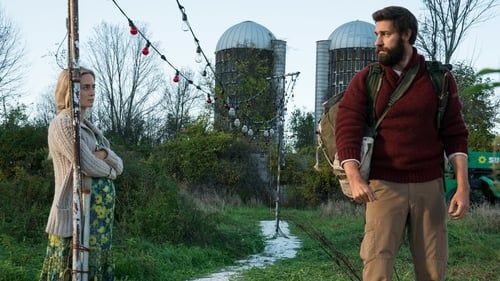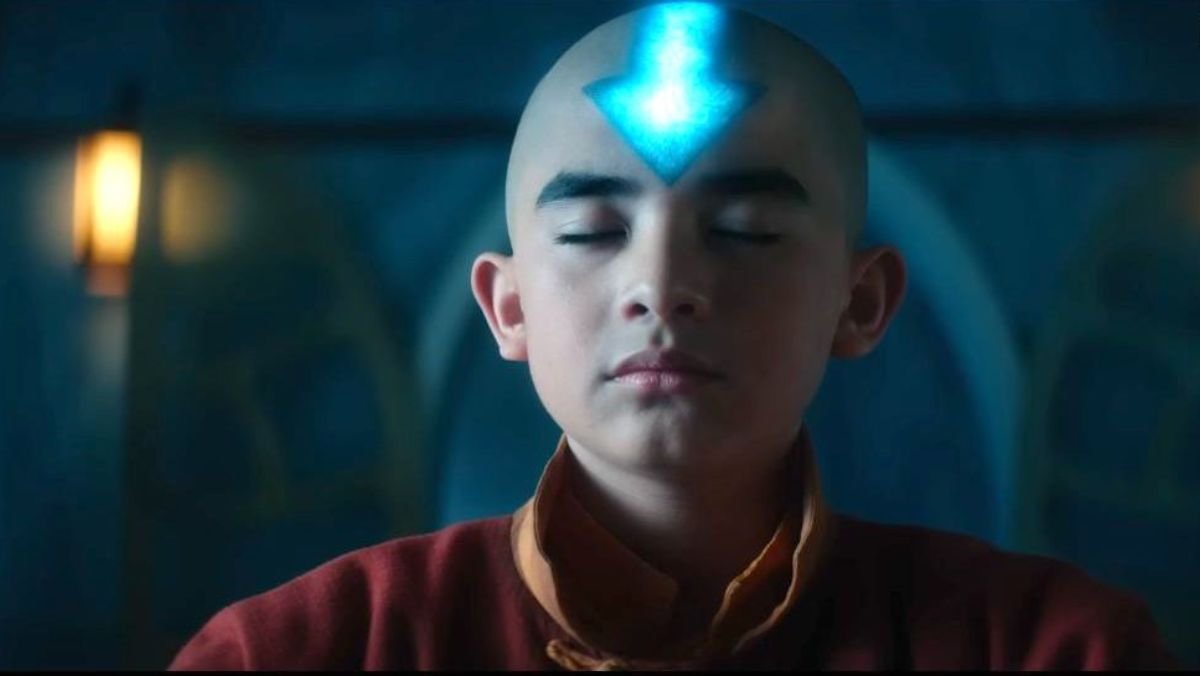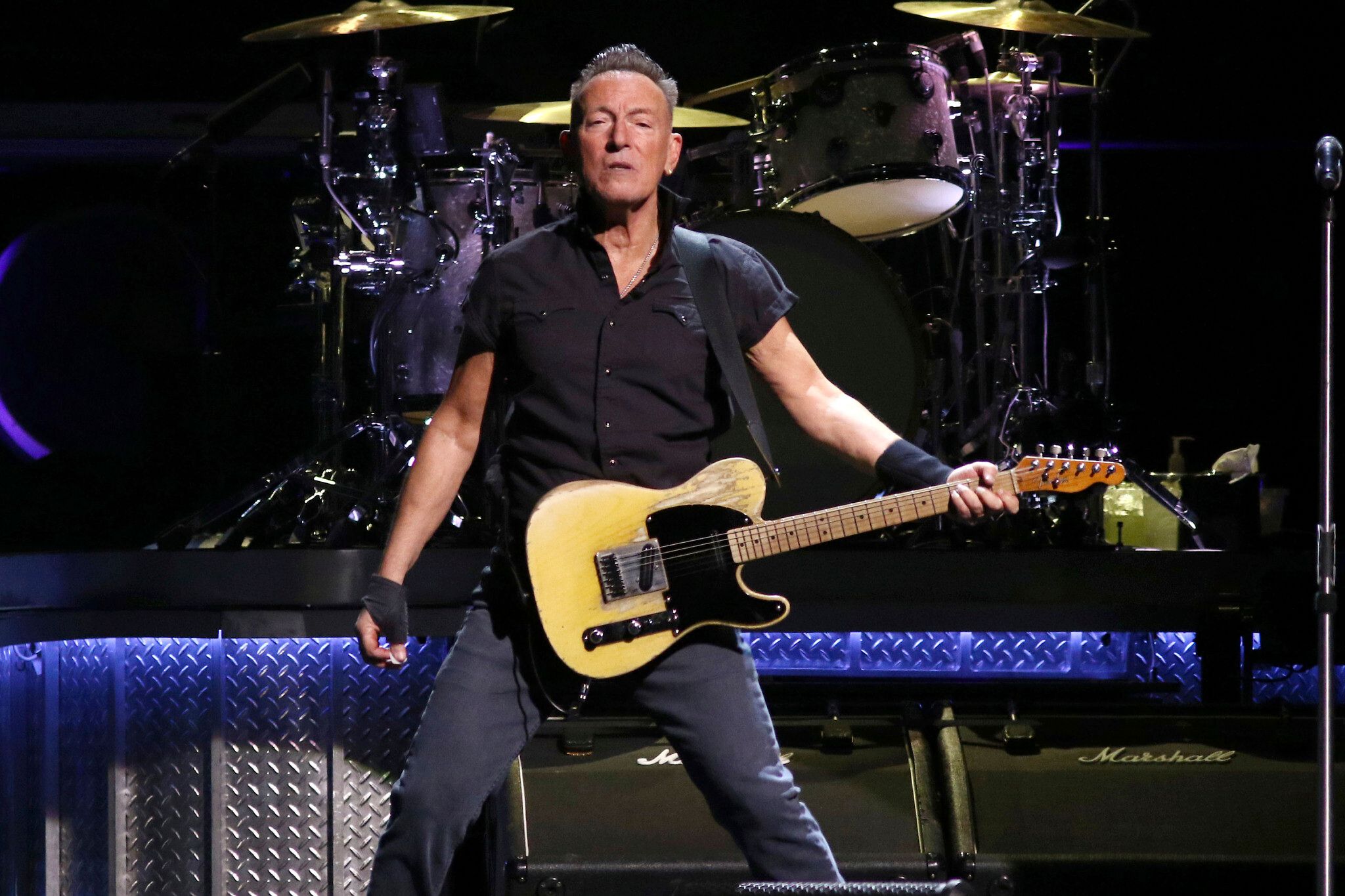
Few artists have etched themselves into the fabric of American music and culture quite like Bruce Springsteen. From the vibrant, gritty streets of Asbury Park, New Jersey, to the world’s grandest stages, his journey is a testament to unwavering passion, relentless pursuit of truth, and an unparalleled connection with his audience. It’s a story filled with moments that define not just a career, but an entire generation. We’re about to dive deep into the remarkable chronicle of ‘The Boss,’ exploring the pivotal chapters that shaped his legendary status.
Springsteen’s narrative is far more than a mere collection of hit songs; it’s a living, breathing saga of resilience, artistic evolution, and profound empathy. It’s about the transformation of a young musician inspired by the British Invasion into a voice for the working-class man, a poet of the mundane, and a celebrator of life’s complex tapestry. Every album, every tour, and every lyrical turn marks a significant step in an incredible journey that continues to captivate millions.
So, let’s peel back the layers of this iconic career, starting from the very beginning, tracing the footsteps of a man who built an empire on honest songwriting, electrifying performances, and an unshakeable belief in the power of rock and roll. Prepare to be inspired by the grit, the glory, and the sheer staying power of one of music’s most revered figures.
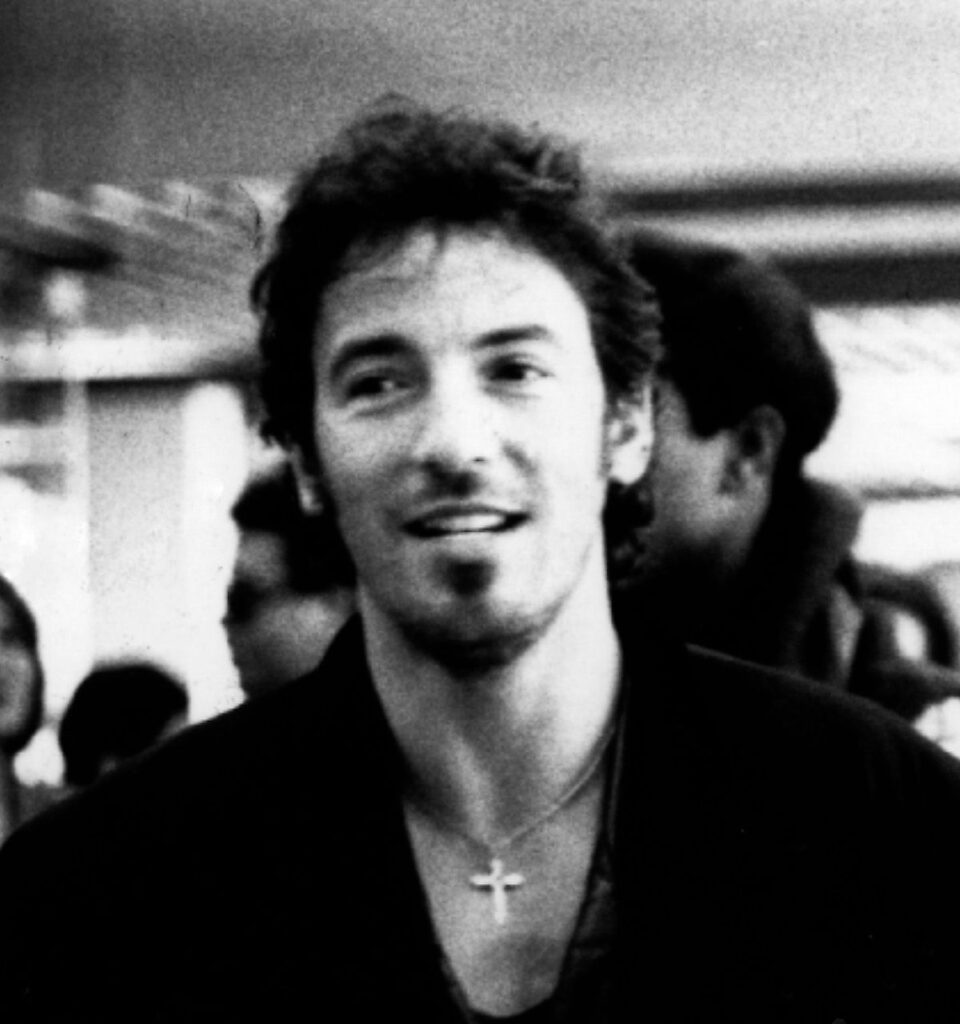
1. **Early Inspiration and First Bands (1964–1972)** The year 1964 was a seismic one for popular music, and for a young Bruce Springsteen, it was particularly transformative. Witnessing The Beatles’ electrifying appearances on *The Ed Sullivan Show* ignited a spark that would soon become a roaring fire. He didn’t just listen; he absorbed, and the very next year, he bought his first guitar for $18.95 at the Western Auto appliance store, setting him on an irreversible path.
This early inspiration quickly translated into action. Springsteen began playing for audiences with a band called the Rogues at local venues like Elks Lodge in Freehold. Soon after, his mother took out a loan to buy him a $60 Kent guitar, an act of parental support he would later immortalize in his song “The Wish.” It was a poignant gesture that underscored the nascent dreams of a future icon.
His journey through the New Jersey music scene saw him become the lead guitarist and a lead singer for the Castiles, a band that even recorded two original songs at a public recording studio in Brick Township. They played diverse venues, including the legendary Cafe Wha? in Greenwich Village. Marion Vinyard, who sponsored young bands, notably believed in the young Springsteen, recalling his promise that he would “make it big.” Such early validation, coupled with raw talent, provided a crucial foundation.
The late 1960s and early 1970s saw Springsteen performing with various groups, further honing his craft. From the power trio Earth, playing clubs in New Jersey and New York City, to the band Child (later Steel Mill), which gathered a cult following across the Jersey Shore and beyond in Richmond, Nashville, and California. Music critic Philip Elwood, reviewing Steel Mill in 1970, was “never so overwhelmed by a totally unknown talent” and called Springsteen “a most impressive composer,” clearly recognizing the extraordinary talent emerging from Asbury Park.
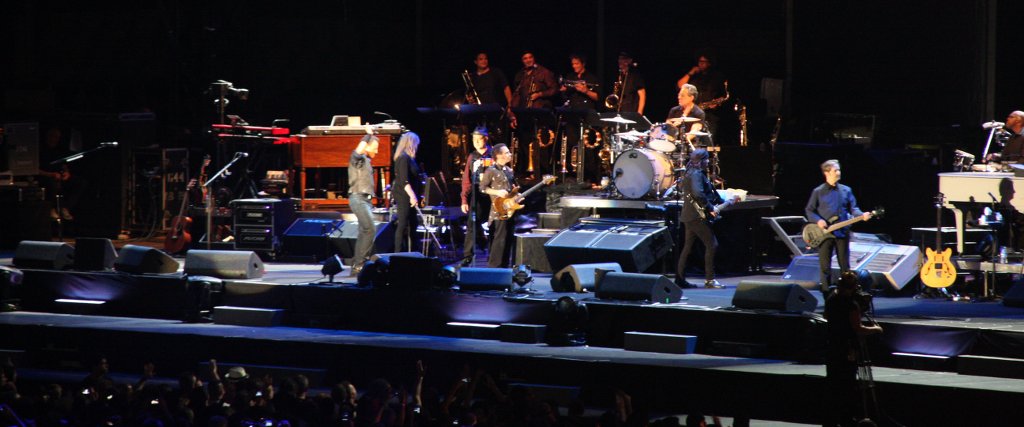
2. **Initial Struggle and Columbia Records Debut (1972–1974)** As Springsteen continued to evolve his unique musical and lyrical style, he fronted bands like Dr. Zoom & the Sonic Boom, the Sundance Blues Band, and the Bruce Springsteen Band. His songwriting prowess was already becoming legendary, with his future record label famously describing it in early publicity campaigns as containing “more words in some individual songs than other artists had in whole albums.” This verbose, poetic approach would become a hallmark of his career.
His exceptional skills eventually captured the attention of influential figures like managers Mike Appel and Jim Cretecos, who in turn introduced him to the legendary John Hammond, a talent scout at Columbia Records responsible for signing Bob Dylan a decade earlier. This connection was monumental, leading to Springsteen’s audition for Hammond in May 1972—a moment that would forever alter his destiny.
In October 1972, a new band was formed for the recording of his debut album, *Greetings from Asbury Park, N.J.* This group would eventually be known as the E Street Band, a name that became synonymous with his electrifying live performances, though it wasn’t officially adopted until September 1974. It was during this period that Springsteen also acquired his enduring nickname, “the Boss,” reportedly because he collected the band’s nightly pay and distributed it among his bandmates, a testament to his early leadership.
*Greetings from Asbury Park, N.J.* was released in January 1973, immediately establishing him as a critical favorite. His lyrical poeticism and folk rock-rooted music, exemplified by tracks like “Blinded by the Light” and “For You,” drew immediate comparisons to Bob Dylan. Peter Knobler, editor of *Crawdaddy* magazine, an early and fervent champion of Springsteen, wrote in March 1973 that he “sings with a freshness and urgency I haven’t heard since I was rocked by ‘Like a Rolling Stone’,” signaling the arrival of a significant new voice in music.
Eleven months later, in November 1973, Springsteen released his second album, *The Wild, the Innocent & the E Street Shuffle*. Like its predecessor, it garnered critical acclaim but achieved only limited commercial success. However, Springsteen’s sound was evolving, becoming grander in scope with the E Street Band lending a less folksy, more rhythm and blues vibe. Songs like “4th of July, Asbury Park (Sandy)” and “Incident on 57th Street” became fan favorites, and “Rosalita (Come Out Tonight)” cemented itself as one of his most beloved concert numbers, highlighting the burgeoning power of his live act.
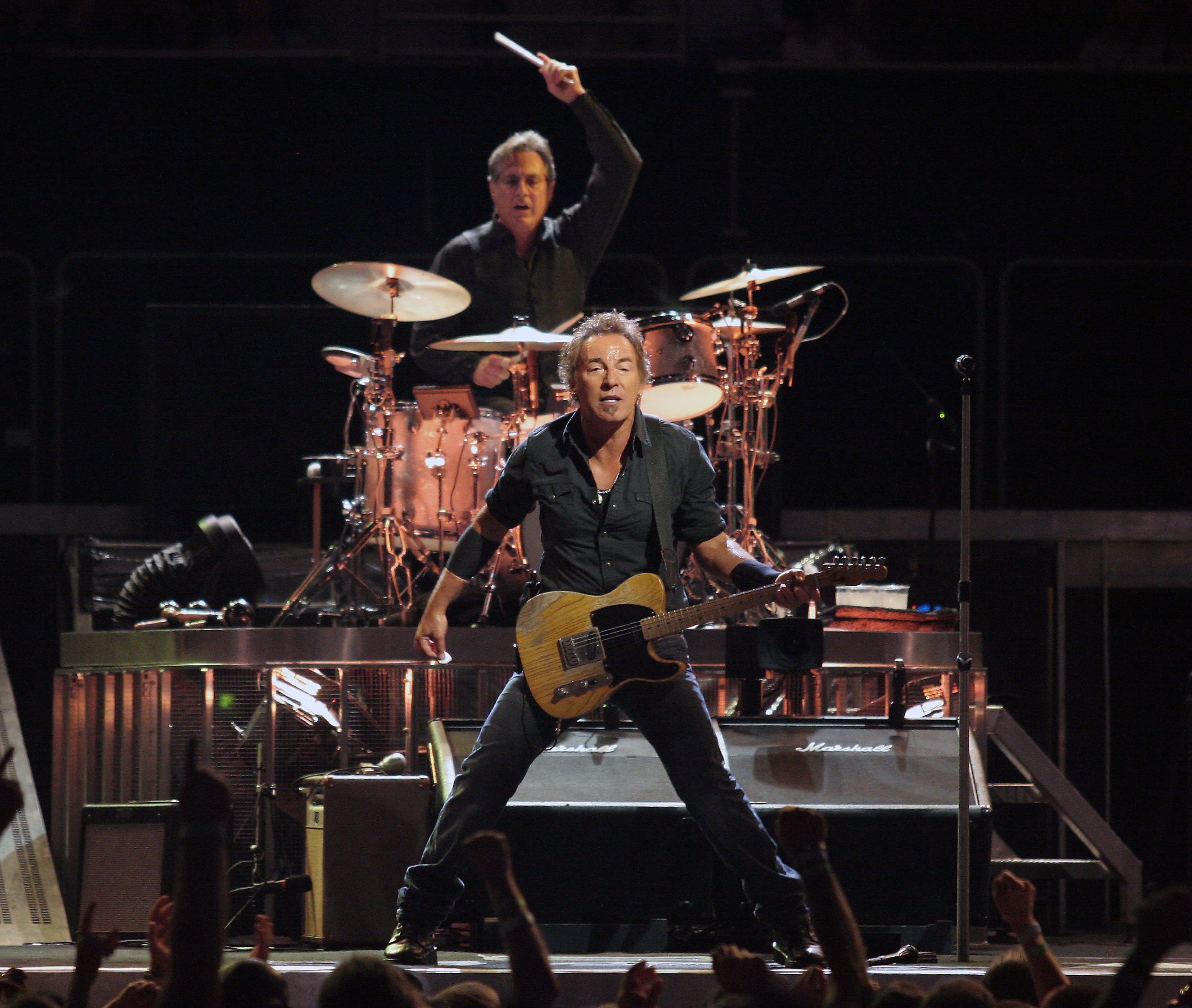
3. **The Breakthrough: Born to Run (1974–1975)** The mid-1970s marked a pivotal turning point for Bruce Springsteen, culminating in the release of an album that would catapult him to global stardom: *Born to Run*. The groundwork was laid when music critic Jon Landau, after witnessing Springsteen’s performance at the Harvard Square Theater in 1974, famously declared, “I saw rock and roll future, and its name is Bruce Springsteen.” This prophetic statement foreshadowed the immense impact Springsteen was about to make. Landau would soon become a close friend and co-producer of the album, beginning in February 1975.
*Born to Run* was, in many ways, Springsteen’s last-ditch effort for commercial viability. This pressure led to an incredibly intense and painstaking recording process, as he strived for a monumental “Wall of Sound” production. The album took over 14 months to record, with an astonishing six months dedicated solely to the title track, showcasing the meticulous dedication and perfectionism that went into its creation.
The recording sessions were not without their challenges, including anger and frustration for Springsteen who struggled to articulate the “sounds in [his] head” to the others in the studio. There were also shifts in the E Street Band lineup during this period, with David Sancious and Ernest Carter departing after “Born to Run” was completed, replaced by Roy Bittan on piano and Max Weinberg on drums. The addition of Steven Van Zandt, who conceived horn parts on the spot during the recording of “Tenth Avenue Freeze-Out,” further solidified the band’s iconic sound.
Anticipation for *Born to Run* was skillfully built when manager Mike Appel orchestrated the release of an early mix of the title track to nearly a dozen radio stations. However, the path to the final album was fraught; Springsteen was so furious with the initial acetate mastering that he threw it into a hotel swimming pool, contemplating scrapping the entire project before being persuaded otherwise by Landau. It wasn’t until August 1975, after rejecting multiple mixes while on tour, that he finally approved the definitive version.
The album’s release in August 1975 proved to be a genuine breakthrough, propelling Springsteen to worldwide fame. It peaked at No. 3 on the Billboard Top LPs & Tape chart and eventually achieved seven-times platinum status in the U.S. Singles like “Born to Run” and “Tenth Avenue Freeze-Out” became instant classics, resonating deeply with a generation grappling with the fears of growing old, as author Louis Masur noted. This era cemented Springsteen’s place as a rock and roll force to be reckoned with.
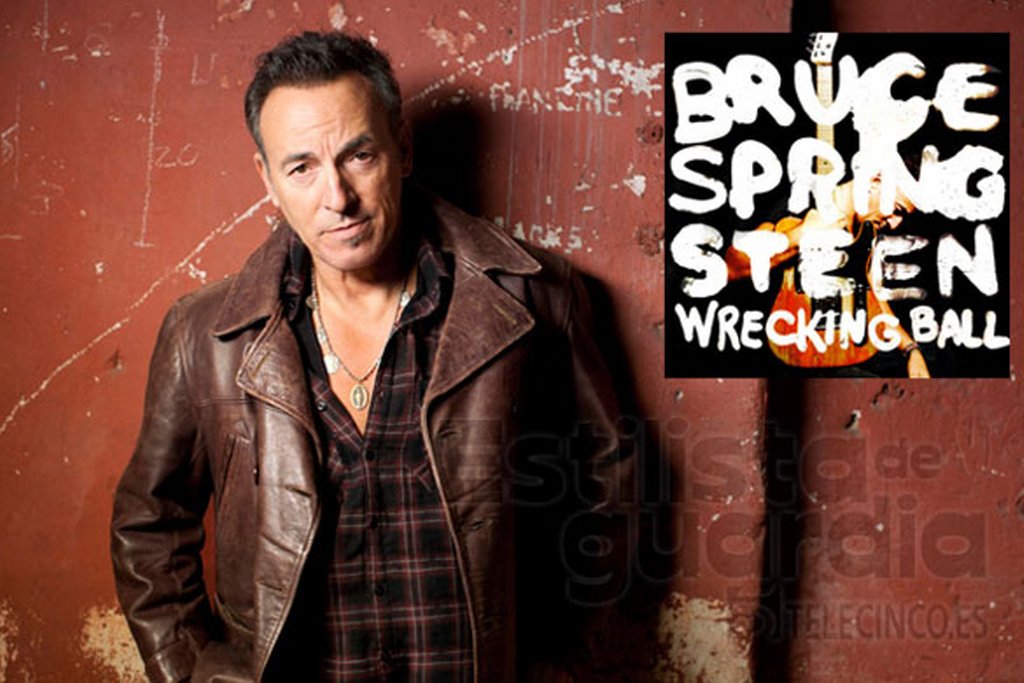
4. **Darkness on the Edge of Town & Songwriting Acclaim (1977–1978)** Following the massive success of *Born to Run*, Springsteen faced an unexpected hurdle: a legal battle with his then-manager, Mike Appel. This dispute kept him out of the studio for nearly a year, a period during which he demonstrated incredible dedication to his band. He kept the E Street Band together through extensive touring across the U.S., ensuring their cohesion and continuing to develop new material, demonstrating his deep commitment to his musical family.
Once the settlement with Appel was reached in May 1977, Springsteen wasted no time returning to the studio. The subsequent nine-month recording sessions with the E Street Band produced *Darkness on the Edge of Town*. This album marked a distinct shift in sound, stripping away the “Wall of Sound” production of its predecessor for a rawer, harder rock aesthetic. Lyrically, it delved into the struggles of “ill-fortuned people who fight back against overwhelming odds,” showcasing a more grounded and introspective side of his songwriting.
Released in June 1978, *Darkness on the Edge of Town* sold fewer copies than *Born to Run* but maintained a significant presence on the Billboard chart for 167 weeks, ultimately selling three million copies in the U.S. Its singles, “Prove It All Night,” “Badlands,” and “The Promised Land,” performed modestly, but the album’s impact on his legacy was profound, solidifying his artistic integrity and dedication to storytelling.
The supporting Darkness Tour was Springsteen’s largest to date, featuring marathon shows that often stretched upwards of three hours. These legendary performances cemented Springsteen and the E Street Band’s reputation as “one of the most exciting live acts in rock ‘n’ roll,” according to the staff of Ultimate Classic Rock. This era was crucial in building the foundation of his enduring reputation as an unparalleled live performer.
Beyond his own releases, the late 1970s saw Springsteen earn a reputation as a formidable songwriter whose material could be gold for other artists. Manfred Mann’s Earth Band achieved a U.S. No. 1 pop hit with a heavily rearranged version of *Greetings’* “Blinded by the Light” in early 1977. Patti Smith scored a No. 13 hit with her version of his unreleased “Because the Night” (with revised lyrics by Smith) in 1978, and The Pointer Sisters hit No. 2 in 1979 with Springsteen’s then unreleased “Fire.” These successes underscored the depth and versatility of his compositional talents, showcasing his influence far beyond his own recordings.
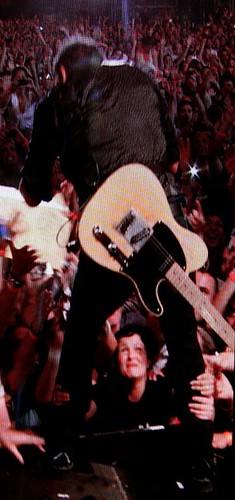
5. **The River & Political Involvement (1979–1980)** The late 1970s not only showcased Springsteen’s prowess as a songwriter for others but also saw him beginning to dip his toes into political involvement. In September 1979, Springsteen and the E Street Band joined the Musicians United for Safe Energy (MUSE) anti-nuclear power collective at Madison Square Garden. Their abbreviated set included the premiere of two songs from his upcoming album, marking his first tentative steps into the realm of social and political activism.
The subsequent *No Nukes* live album and the following summer’s documentary film represented significant milestones. They provided the first official recordings and footage of Springsteen’s fabled live act, allowing a wider audience to experience the energy and dynamism that fans had long raved about. This exposure, combined with his participation in the anti-nuclear movement, signaled a growing awareness and willingness to use his platform for causes beyond music.
The recording sessions for Springsteen’s fifth album, *The River*, were an expansive affair, lasting 18 months. The result was a 20-track double album, an ambitious undertaking designed to capture the raw energy and live feel of the E Street Band on stage. It was a diverse collection, featuring a compelling mix of joyous party songs and deeply introspective ballads, showcasing the full range of his songwriting and the band’s versatility.
When *The River* was released in October 1980, it immediately became Springsteen’s biggest and fastest-selling album to date, topping the U.S. Billboard chart. The single “Hungry Heart” proved to be his first top ten hit as a performer, reaching number five, a significant commercial breakthrough that expanded his audience even further. “Fade Away” also achieved success, reaching No. 20, cementing *The River* as a landmark album in his discography.
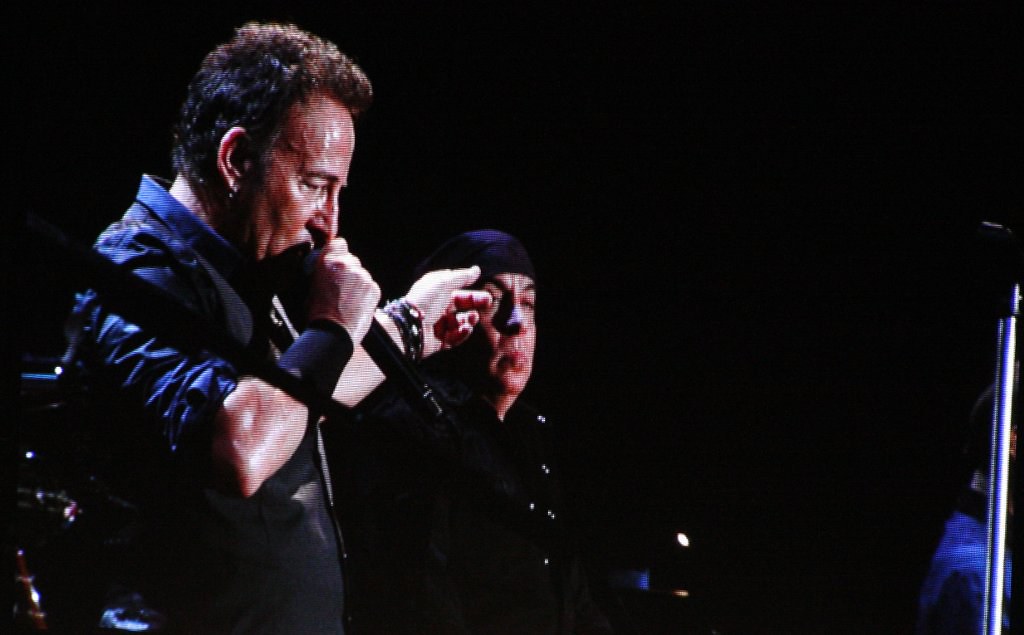
6. **Nebraska: A Solo, Introspective Journey (1982)** Just two years after the expansive, commercially successful *The River*, Springsteen took a starkly different artistic direction, releasing the minimalist, folk-inspired solo effort *Nebraska* in September 1982. This album was a profound departure, recorded initially as simple demo recordings at his home in Colts Neck, New Jersey. The original intention was to re-record these tracks with the E Street Band, but after several “poor test sessions,” he made the brave decision to release the raw, intimate recordings as they were, a testament to their authentic power.
*Nebraska* chronicled the dark hardships faced by everyday blue-collar workers, weaving bleak tales of criminals, cops, and gang wars with a stark realism that was both haunting and deeply affecting. The album’s stripped-down acoustic sound perfectly complemented its somber lyrical themes, creating an immersive and often uncomfortable listening experience that forced listeners to confront difficult truths about the American landscape. It was a brave and unflinching artistic statement, showcasing a different facet of his genius.
Commercially, *Nebraska* sold minimally compared to Springsteen’s three previous albums, yet it still managed to reach No. 3 on the Billboard chart, a remarkable achievement for such an uncompromising record. However, its true impact was felt among critics, who universally praised it as a courageous and significant artistic statement. It demonstrated Springsteen’s willingness to push boundaries and explore new sonic territories, proving he was an artist unwilling to rest on his commercial laurels.
This album stands as a crucial pivot in his career, demonstrating his versatility and artistic courage. It stripped away the grandeur of the E Street Band sound, offering a raw, unvarnished look into the lives of forgotten Americans. *Nebraska* remains a cornerstone of his discography, admired for its profound lyrical depth and its unflinching portrayal of human struggle, showcasing a master storyteller at his most vulnerable and powerful.
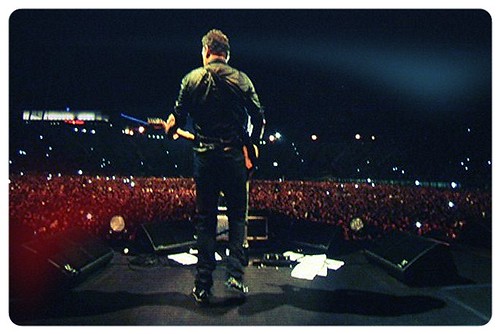
7. **Born in the U.S.A.: From Album to Cultural Phenomenon (1984–1986)**After the introspective journey of *Nebraska*, Bruce Springsteen exploded back onto the scene in 1984 with an album that didn’t just break records—it redefined his place in global culture. *Born in the U.S.A.* became one of the best-selling albums of all time, shifting an astonishing 30 million units worldwide and spawning seven top-ten singles. It was a true pop culture juggernaut, cementing his status not just as ‘the Boss,’ but as an artist with an unparalleled reach.
Yet, beneath the anthemic choruses and stadium-rock energy, the title track itself carried a potent and often misunderstood message. “Born in the U.S.A.” was a bitter commentary on the treatment of Vietnam veterans, a cause deeply personal to Springsteen given that some of his friends had served. The lyrics in the verses were incredibly unambiguous, painting a stark picture of hardship and disillusionment, but the powerful, celebratory music and the seemingly patriotic title led to widespread misinterpretation. This dichotomy fueled its massive political impact, as the song was seen, by many, as advocating for the rights of the common working-class man, even when its deeper meaning was missed.
This misinterpretation became the subject of considerable folklore, particularly in connection with the 1984 presidential campaign. Conservative columnist George Will praised Springsteen’s work ethic after attending a concert, and just six days later, then-President Ronald Reagan, at a rally in Hammonton, New Jersey, even invoked Springsteen’s name. Reagan suggested that America’s future rested in the message of hope in the songs of a man so many young Americans admired, specifically mentioning ‘New Jersey’s own, Bruce Springsteen.’ Springsteen’s response, two nights later in Pittsburgh, was classic Boss: he told the crowd he wondered what Reagan’s favorite album of his must have been, adding, ‘I don’t think it was the *Nebraska* album. I don’t think he’s been listening to this one,’ before launching into the somber “Johnny 99,” a track rife with allusions to closing factories and criminals.
The *Born in the U.S.A.* era also gifted us iconic moments like the video for “Dancing in the Dark,” which became the biggest of the album’s seven hit singles, peaking at No. 2 on the Billboard singles chart. That video famously featured a young Courteney Cox dancing on stage with Springsteen, a moment that helped kickstart her career. Springsteen’s generosity extended to other artists too; he initially wrote “Cover Me” for Donna Summer, but his record company persuaded him to keep it. A big fan of Summer’s work, he penned another song, “Protection,” specifically for her. This period truly represented the height of his visibility, further broadened by the release of Arthur Baker’s dance mixes of three of the singles and his participation in the “We Are the World” song and album in 1985. His live cover of Jimmy Cliff’s “Trapped” from that album also received significant airplay and hit No. 1 on the Billboard Top Rock Tracks chart, underscoring his widespread appeal.
By the end of this golden age, from June 15 to August 10, 1985, all seven of Springsteen’s albums appeared simultaneously on the UK Albums Chart—a historic first for any artist. This unparalleled success was capped off with the release of *Live/1975–85*, a monumental five-record box set in late 1986. It debuted at No. 1 on the U.S. album charts, making history as the first box set to do so, and went on to become one of the most commercially successful live albums of all time, selling 13 million units in the U.S. It was a testament to the enduring power of his live performances and the deep connection he forged with millions of fans across the globe, solidifying his place as a true cultural icon.
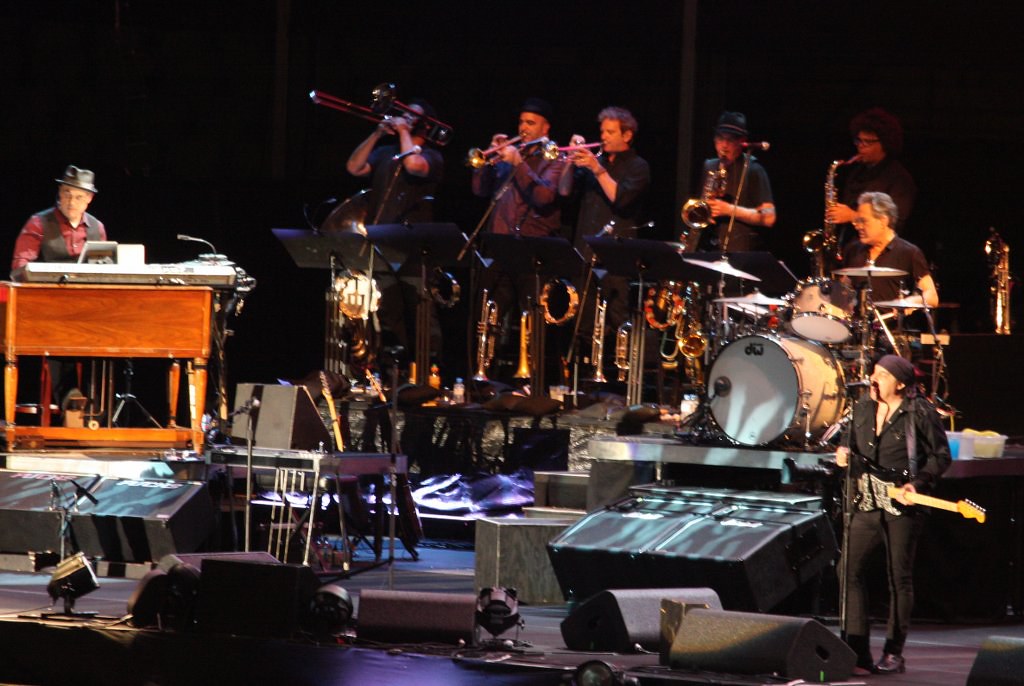
8. **Tunnel of Love and Expanding Activism (1987–1991)**Following the global phenomenon of *Born in the U.S.A.*, Springsteen shifted gears dramatically with the release of *Tunnel of Love* in October 1987. This album was a much more sedate and contemplative affair, delving into a mature reflection on the many facets of love—found, lost, and squandered. The full, bombastic sound of the E Street Band, so prominent on its predecessor, was used only selectively, allowing for a more intimate and personal exploration of its themes. While selling less than *Born in the U.S.A.*, it was still a considerable commercial success, topping the Billboard 200 chart, proving his audience was ready to follow him into more introspective territory.
Beyond the personal reflections of *Tunnel of Love*, this era also marked a significant expansion of Springsteen’s political and social activism on a global scale. A truly historic moment occurred on July 19, 1988, when Springsteen performed a concert in East Berlin, East Germany, attracting an astonishing 300,000 spectators. Journalist Erik Kirschbaum later called it ‘the most important rock concert ever, anywhere’ in his 2013 book, *Rocking the Wall. Bruce Springsteen: The Berlin Concert That Changed the World*. The concert, originally conceived by the Socialist Unity Party’s youth wing to placate East German youth yearning for Western freedoms, unintentionally catalyzed opposition to the regime, contributing to the eventual fall of the Berlin Wall the following year. It was a powerful demonstration of music’s ability to transcend borders and inspire change.
Later in 1988, Springsteen further solidified his commitment to human rights by headlining the worldwide Human Rights Now! tour for Amnesty International. This extensive tour took his message of justice and freedom across continents, using his platform to advocate for critical global causes. This period of intense touring and activism, however, also brought about a significant change in his professional life: in October 1989, he made the difficult decision to dissolve the E Street Band, marking the end of an iconic chapter and signaling a desire for new artistic directions. It was a bold move, and fans wondered what the future would hold for their beloved Boss.
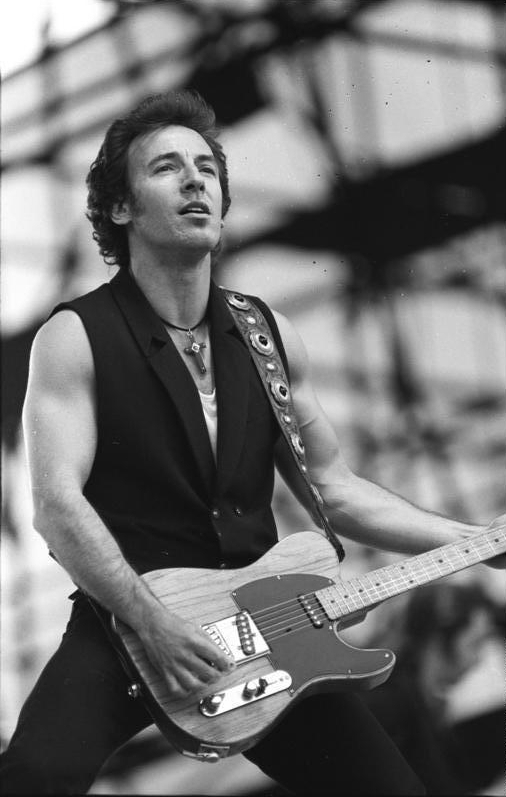

9. **A New Direction: Academy Award, Soundtracks, and Reaffirmation (1992–1998)**The early 1990s saw Springsteen venture into new creative waters, starting with a move to Los Angeles and working with session musicians, a decision that risked fan accusations of ‘going Hollywood.’ In 1992, he released two albums simultaneously, *Human Touch* and *Lucky Town*, showcasing a different musical approach. However, an electric band appearance on the acoustic MTV Unplugged television program, later released as *In Concert/MTV Plugged*, was poorly received, leading to some fan dissatisfaction as they longed for the classic E Street Band sound.
Despite these shifts, Springsteen continued to achieve significant accolades. In 1994, he won a prestigious Academy Award for his poignant song “Streets of Philadelphia,” which served as the powerful anthem for the film *Philadelphia*. The song’s video was groundbreaking, showing Springsteen’s actual vocal performance recorded with a hidden microphone over a pre-recorded instrumental track, a technique he had previously developed for the “Brilliant Disguise” video. This Oscar win brought him a new level of mainstream recognition and demonstrated his ability to craft songs that resonated deeply with the public on profound social issues.
By 1995, there was a welcome, albeit temporary, reorganization of the E Street Band to record a few new songs for his first *Greatest Hits* album, a session immortalized in the documentary *Blood Brothers*. This reunion also included a special show at Tramps in New York City, much to the delight of his dedicated fanbase. Following this, he released his second folk album, *The Ghost of Tom Joad*. Inspired by John Steinbeck’s *The Grapes of Wrath* and the book *Journey to Nowhere: The Saga of the New Underclass*, the album was a politically charged collection, giving a voice to immigrants and marginalized communities in American culture. While less melodically focused than *Nebraska*, it was praised by some for its courageous thematic depth.
The *Ghost of Tom Joad Tour* that followed was a lengthy, worldwide affair, featuring solo acoustic performances in small venues. Springsteen presented many of his older songs in drastically reshaped acoustic forms, though he famously had to remind audiences to ‘shut the f*** up’ and not to clap during the performances, emphasizing the intimate and serious nature of the shows. After this extensive tour, Springsteen, along with his family, moved back to New Jersey, signaling a return to his roots. In 1998, he released *Tracks*, a sprawling four-disc box set of outtakes and unreleased material, a treasure trove for fans. Looking back, he would later acknowledge the 1990s as musically a ‘lost period’ for him, admitting, ‘I didn’t do a lot of work. Some people would say I didn’t do my best work,’ a remarkably honest reflection from a continually evolving artist.
10. **The E Street Band Reunion and A Resurgent Era (1999–2007)**The turn of the millennium heralded a powerful and eagerly awaited reunion. In 1999, Bruce Springsteen was inducted into the Rock and Roll Hall of Fame by U2’s Bono, a gesture he would reciprocate in 2005. More significantly, that same year, Springsteen and the E Street Band reunited, embarking on their extensive Reunion Tour, which spanned over a year. This triumphant return saw them play a record-setting 15 sold-out shows at Continental Airlines Arena in East Rutherford, New Jersey, and a ten-night sold-out engagement at New York City’s Madison Square Garden. A new song premiered during these shows, “American Skin (41 Shots),” about the police shooting of Amadou Diallo, which proved controversial but underscored Springsteen’s commitment to social commentary.
In 2002, the world finally received Springsteen’s first studio effort with the full E Street Band in 18 years: *The Rising*, produced by Brendan O’Brien. This album was largely a profound reflection on the September 11 attacks, and it became both a critical and popular success. The title track quickly gained widespread airplay across various radio formats, and the record itself became Springsteen’s best-selling album of new material in 15 years, a testament to its emotional resonance. Kicking off with an early-morning appearance in Asbury Park on *The Today Show*, *The Rising Tour* saw the band barnstorming through a series of single-night arena stands across the U.S. and Europe, including an unprecedented ten nights at Giants Stadium in New Jersey, truly marking a powerful resurgence.
*The Rising* was not just a commercial success; it was also a critical darling, earning a Grammy for Best Rock Album and a nomination for Album of the Year at the 45th Annual Grammy Awards in 2003. The title track, “The Rising,” itself won Grammys for Best Rock Song and Best Male Rock Vocal Performance, and was nominated for Song of the Year. At the ceremony, Springsteen, always a collaborative spirit, performed The Clash’s “London Calling” with Elvis Costello, Dave Grohl, Steven Van Zandt, and No Doubt’s bassist, Tony Kanal, in a memorable tribute to Joe Strummer. His political engagements continued, as in 2004, Springsteen and the E Street Band participated in the Vote for Change tour alongside other major artists like John Mellencamp and Pearl Jam, using their collective voice to advocate for political change.
April 2005 saw the release of *Devils & Dust*, a low-key, mostly acoustic solo album that revisited the introspective vein of *Nebraska* and *The Ghost of Tom Joad*. Some of the material had been written nearly a decade earlier, and a few songs had been performed live but remained unreleased until then. The title track, a poignant piece concerning an ordinary soldier’s feelings and fears during the Iraq War, showcased his enduring ability to connect with the human experience. The album topped the charts in ten countries, and Springsteen embarked on the solo *Devils & Dust Tour* concurrently, playing both small and large venues, although attendance in some regions was more modest than in previous tours.
Another innovative project followed in April 2006 with *We Shall Overcome: The Seeger Sessions*. This American roots music endeavor was a joyous, big folk sound treatment of 15 songs popularized by the radical musical activism of Pete Seeger. An accompanying tour began that same month, featuring an 18-strong ensemble of musicians, dubbed the Seeger Sessions Band, or simply the Sessions Band. The tour proved immensely popular in Europe, selling out everywhere and garnering excellent reviews, including its opening act in New Orleans following Hurricane Katrina. However, some U.S. shows reportedly suffered from sparse attendance. His next album, *Magic*, released in October 2007 with the E Street Band, featured ten new songs, plus “Long Walk Home” and a hidden track, “Terry’s Song,” a touching tribute to his long-time assistant, Terry Magovern, who passed away that July. *Magic* debuted at No. 1 in the U.S., Ireland, and the UK, and was supported by the *Magic Tour*, which tragically became the final tour for longtime E Street member Danny Federici, who died in 2008.
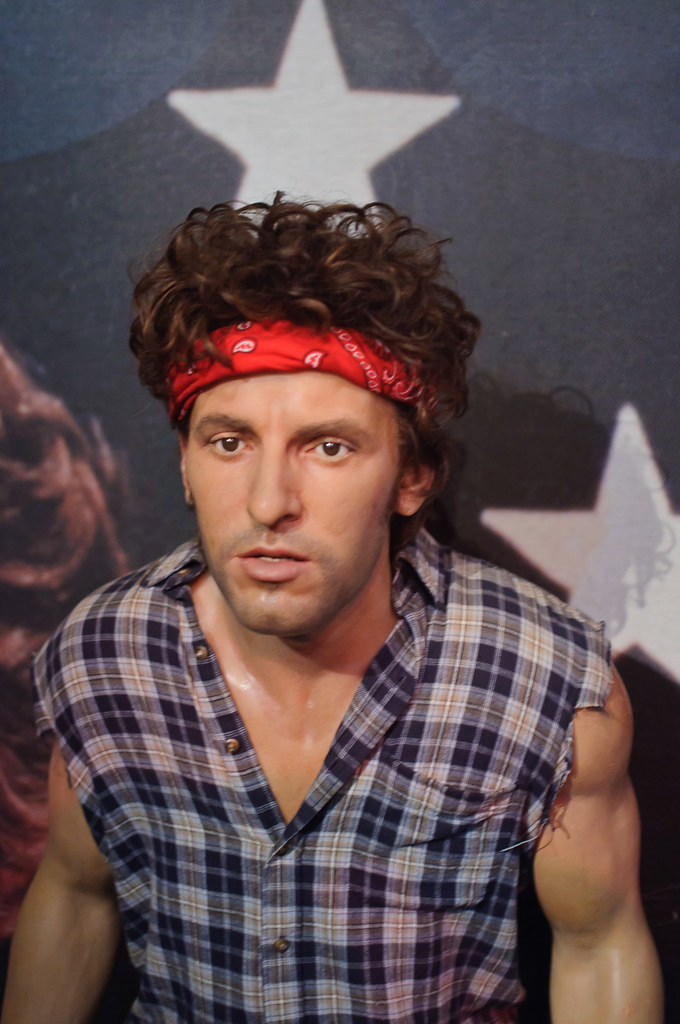
11. **Political Powerhouse, Super Bowl Glory, and Enduring Legacy (2008–2011)**The late 2000s saw Bruce Springsteen further solidify his role as a prominent political voice, becoming a vocal supporter of Barack Obama’s 2008 presidential campaign. Throughout that year, he gave solo acoustic performances at Obama’s rallies, culminating in a November 2 rally where he debuted the song “Working on a Dream” in a duet with his wife, Patti Scialfa. Following Obama’s historic electoral victory on November 4, Springsteen’s powerful anthem “The Rising” was fittingly the first song played over the loudspeakers after Obama’s victory speech in Chicago’s Grant Park. He then served as the musical opener for the Obama Inaugural Celebration on January 18, 2009, performing “The Rising” with an all-female choir and later joining Pete Seeger for Woody Guthrie’s “This Land Is Your Land” before an audience of over 400,000 people.
Springsteen’s versatility and recognition continued into other arenas. On January 11, 2009, he won a Golden Globe Award for Best Song for “The Wrestler,” the poignant title track from the Darren Aronofsky film. After receiving a heartfelt letter from lead actor Mickey Rourke, Springsteen generously supplied the song for the film free of charge, demonstrating his artistic integrity and compassion. This period was indeed a whirlwind of activity.
Perhaps one of his most widely seen performances came on February 1, 2009, when Springsteen performed at the halftime show at Super Bowl XLIII. This was a significant moment, as he had declined prior invitations, but finally agreed to deliver what he promised would be a “twelve-minute party” at a rare press conference days before the game—his first in over 25 years. His electrifying 12-minute 45-second set, featuring the E Street Band and the Miami Horns, included abbreviated renditions of “Tenth Avenue Freeze-Out,” “Born to Run,” “Working on a Dream,” and “Glory Days,” complete with playful football references. He later remarked that this period had probably been ‘the busiest month of [his] life.’
*Working on a Dream*, an album dedicated to the late Danny Federici, was released in late January 2009. The supporting *Working on a Dream Tour* ran from April to November 2009, including five final shows at Giants Stadium. These legendary performances opened with a new song, “Wrecking Ball,” which highlighted the historic stadium and Springsteen’s deep Jersey roots. This remarkable decade culminated in Springsteen receiving the prestigious Kennedy Center Honors on December 6, 2009. President Obama, in his speech, powerfully asserted that Springsteen had woven the lives of regular Americans into his expansive tapestry of songs, emphasizing that his concerts were not merely rock-and-roll shows but ‘communions.’ The event featured moving musical tributes from artists like Melissa Etheridge, John Mellencamp, and Eddie Vedder, acknowledging his profound impact. The 2000s concluded with *Rolling Stone* magazine naming Springsteen one of its eight Artists of the Decade, and his tours ranking him fourth among artists in total concert grosses for the decade, undeniable proof of his enduring power. Tragically, the era also saw the loss of E Street Band’s beloved saxophonist and founding member, Clarence Clemons, who died on June 18, 2011, from complications of a stroke.
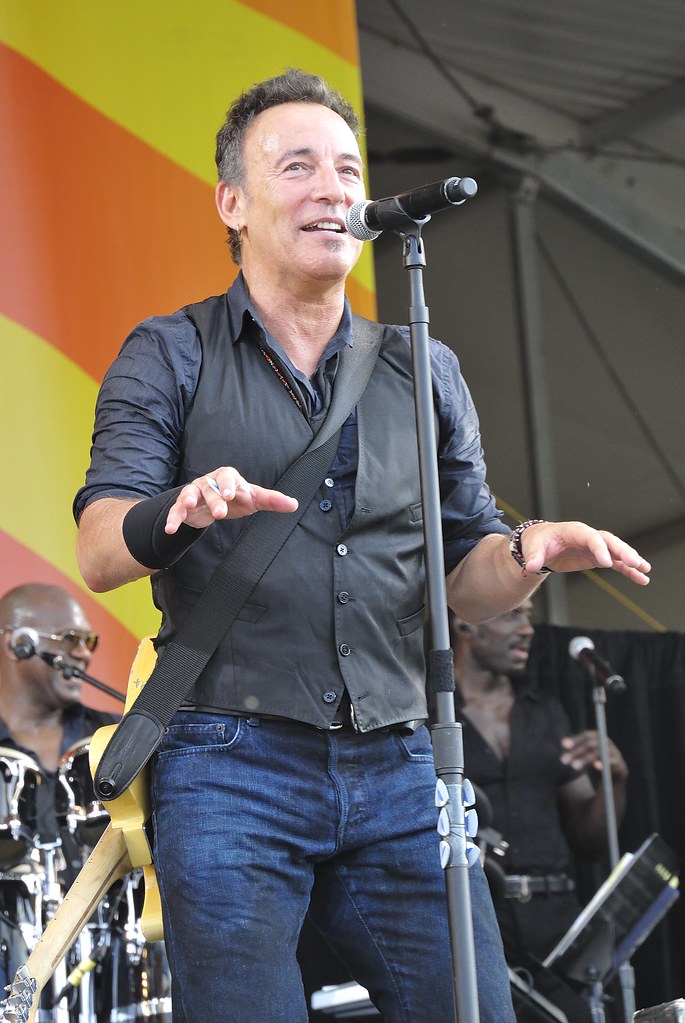
12. **Autobiography, Broadway Stardom, and a Continuing Journey (2012–2021)**The second decade of the 21st century saw Bruce Springsteen continue his prolific output and artistic exploration. His 17th studio album, *Wrecking Ball*, was released in March 2012, featuring eleven tracks, including previously live-only versions of “Wrecking Ball,” “Land of Hope and Dreams,” and “American Land.” This album became his tenth No. 1 album in the U.S., placing him alongside Elvis Presley for third-most No. 1 albums of all time, behind The Beatles and Jay Z. The supporting *Wrecking Ball Tour* began shortly after, and on July 31, 2012, in Helsinki, Finland, Springsteen performed his longest concert to date, stretching an astounding four hours and six minutes with 33 songs, showcasing his legendary stamina and dedication to his craft.
His political engagement remained steadfast, as he campaigned for President Barack Obama’s re-election in 2012, appearing and performing at rallies across several states. At these events, he delivered short acoustic sets that included a newly written song titled “Forward,” underscoring his continued belief in the power of collective action. By year’s end, the *Wrecking Ball Tour* was named Top Draw by the Billboard Touring Awards for having the highest attendance of any tour, and financially, Springsteen finished second only to Madonna as the top money-maker of 2012. The album and its single “We Take Care of Our Own” garnered three Grammy nominations, including Best Rock Album, while *Rolling Stone* crowned *Wrecking Ball* the number one album of 2012.
In late July 2013, the documentary *Springsteen & I*, directed by Baillie Walsh and produced by Ridley Scott, offered fans a unique, worldwide cinematic experience, further deepening the connection between the artist and his audience. His eighteenth studio album, *High Hopes*, followed in January 2014, featuring a newly recorded version of the title track and being notable as his first album comprised entirely of cover songs, newly recorded outtakes, or new versions of previously released material. It became his eleventh No. 1 album in the U.S. and his tenth in the UK, tying him with rock legends The Rolling Stones and U2. He even made his acting debut in the final episode of Steven Van Zandt’s show *Lilyhammer*, named ‘Loose Ends’ after one of his songs, highlighting his ongoing collaborative spirit.
The celebrations of his storied career continued with *The Ties That Bind: The River Collection* box set, released in December 2015, commemorating the 35th anniversary of *The River*. This comprehensive collection included four CDs, many with previously unreleased songs, and three DVDs or Blu-rays, alongside a substantial coffee table book. The subsequent *The River Tour 2016* featured in-sequence performances of the entire *The River* album in North America, with all dates recorded and made available for purchase. Springsteen also took a stand, boycotting North Carolina’s anti-transgender bathroom bill in April 2016, demonstrating his unwavering commitment to social justice.
September 2016 saw the release of *Chapter and Verse*, a compilation spanning his entire career, dating back to 1966, accompanying the publication of his 500-page autobiography, *Born to Run*, which quickly topped The New York Times Best Sellers List. His touring continued to break records, with *The River Tour 2016* becoming the top-grossing worldwide tour of 2016. Politically, he supported Hillary Clinton’s 2016 presidential campaign and was presented with the Presidential Medal of Freedom award by Barack Obama in November 2016. A special, intimate 15-song acoustic set for Barack and Michelle Obama at the White House’s East Room in January 2017 underscored their enduring bond.
Perhaps one of his most unique artistic ventures was *Springsteen on Broadway*, an eight-week run at the Walter Kerr Theatre in New York City in fall 2017. The show, which was extended three times and ran until December 2018, featured Springsteen reading excerpts from his autobiography and performing spoken reminiscences, earning him a Special Tony Award in 2018. The live album *Springsteen on Broadway* was released in December 2018, reaching the top 10 in over 10 countries. His later works include the cinematic *Western Stars* (2019), both an album and a film he co-directed, and *Letter to You* (2020), his twentieth studio album, which, remarkably, made him the first artist to release a top-five album in six consecutive decades. From a young aspiring musician in Asbury Park to a global icon, Broadway star, and humanitarian, Bruce Springsteen’s journey is a testament to the power of authentic storytelling, relentless dedication, and an unbreakable connection to the human spirit.
Bruce Springsteen’s journey through the landscape of American music is nothing short of legendary. From the humble beginnings in Asbury Park to the grand stages of the world, and from deeply personal lyrical explorations to powerful political activism, ‘The Boss’ has consistently captivated audiences with his raw talent, profound empathy, and an unwavering commitment to telling the stories that matter. His career is a vibrant tapestry woven with tales of struggle and triumph, of dreams pursued and realities confronted. He reminds us that true artistry lies not just in creating beautiful sounds, but in creating a legacy that resonates across generations, echoing the hopes, fears, and enduring spirit of humanity itself. And as his incredible journey continues, one thing is certain: Bruce Springsteen will forever remain a quintessential voice of American rock and roll, forever etched in our hearts and minds.

